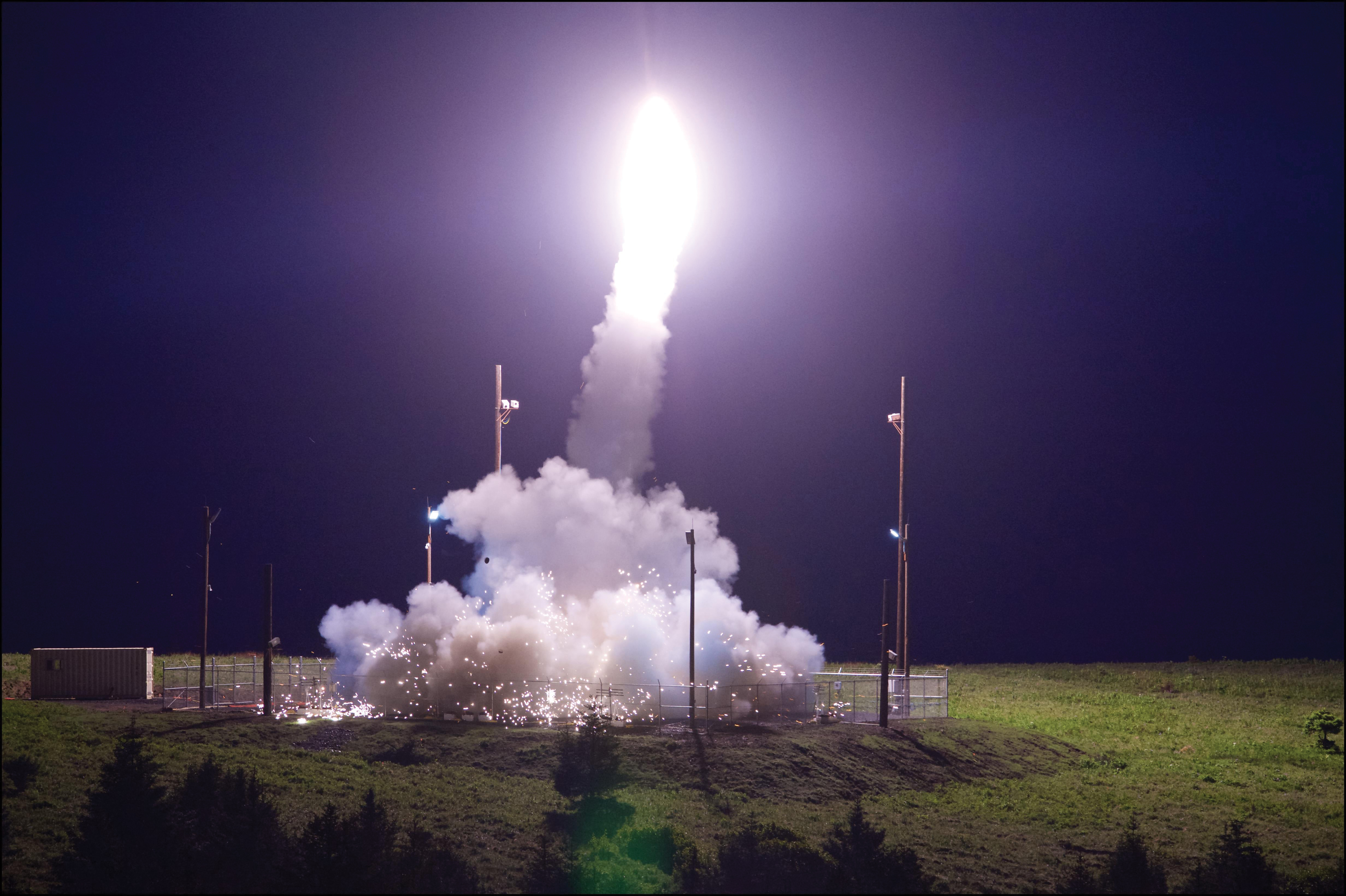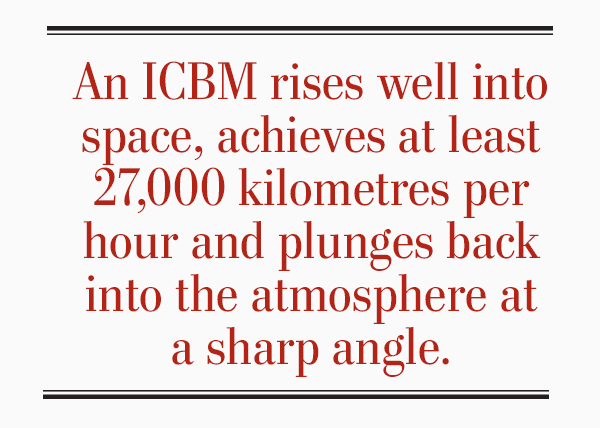
With North Korea launching two intercontinental ballistic missiles (ICBMs) over the summer and the continuation of its nuclear development program, many observers believe that the “hermit kingdom,” as it is often called, is within 18 months of being able to deploy nuclear-tipped ICBMs aimed at the continental United States.
This crisis spans some four presidencies, with the North Koreans making steady progress toward both a useable nuclear weapon and a workable ICBM. It is a gross exaggeration to lay the blame at the feet of the current occupant of the White House, and there is literally nothing that Canada could have done to intercede in North Korea’s steady march to nuclear status. For a decade at least, Canada has studiously avoided comment on these developments and action by way of asking to join the United States in its Anti-Ballistic-Missile (ABM) umbrella, which is stationed in Alaska and has been under development for a long time.
How much longer will we hold ourselves back from joining the U.S. ABM effort?
Almost no one is certain that an ABM system would work. There have been numerous tests and simulated tests conducted by the U.S. with its own system—with mixed results. Some have worked; others have not. With all the technological advances of the past two decades, it is still exceedingly hard to hit a bullet with a bullet that has been fired at an intercontinental target.
There are some systems that work. At the most primitive level is the Israeli/American Iron Dome system that proved itself extremely effective during the last Israel-Hamas war around the Gaza Strip in 2006. But the missiles that Iron Dome targeted were short-range, low-rise and relatively slow tactical missiles which were easily tracked and just as easily intercepted in almost every case.

Then there is the U.S. Navy-designed Terminal High Altitude Area Defense (THAAD) system, which has been deployed and tested aboard U.S. warships. For the most part, THAAD works, as shown by a variety of successful tests. But THAAD is most useful for intermediate-range missiles which, again, are fired at a relatively low angle and, although they may reach the boundary between Earth and space, do not rise above the atmosphere and do not achieve astounding altitudes and speeds before re-entry.
In contrast, an ICBM rises well into space, achieves at least 27,000 kilometres per hour and plunges back into the atmosphere at a sharp angle. At best, an ICBM must be intercepted above the atmosphere before it begins its descent. That is why success is so difficult to achieve.
The U.S. has placed its ABM interceptors in Alaska because it is on the Great Circle Route from North Korea to the west coast of the United States; that is the best place to intercept incoming ICBMs. Could Canada offer a second line of defence by giving the United States access to land in northern or even central British Columbia where a second battery of interceptors could be based?
The cost to Canada could be kept to a minimum because all we would be offering is territory on which to base a second set of interceptors.
In return, Canada could be asked to formally “join” the ABM program, get in on the science and technology and help monitor the deployment of the system. In effect, we would be in a position to propose that the ABM system, now a part of the United States Northern Command (NORTHCOM), be integrated as well into North American Aerospace Defence Command (Norad), something that could not be done now because Canada is not part of the ABM system.
Another benefit to Canada is that the slow bleeding of priority in the U.S. defensive system from Norad to NORTHCOM might be staunched.
We are well past the stage we were at when Canada first rejected joining the ABM system. Now there is a real threat that is growing every day. It is cold comfort that North Korea may be aiming at, say, Chicago, when we know that one of its nuclear-tipped ICBMs might come down somewhat short of its target and hit Canada.
Our new defence policy studiously ignores Canada joining the U.S.’s ABM system. Now the time to dither is getting dangerously short.
Advertisement













